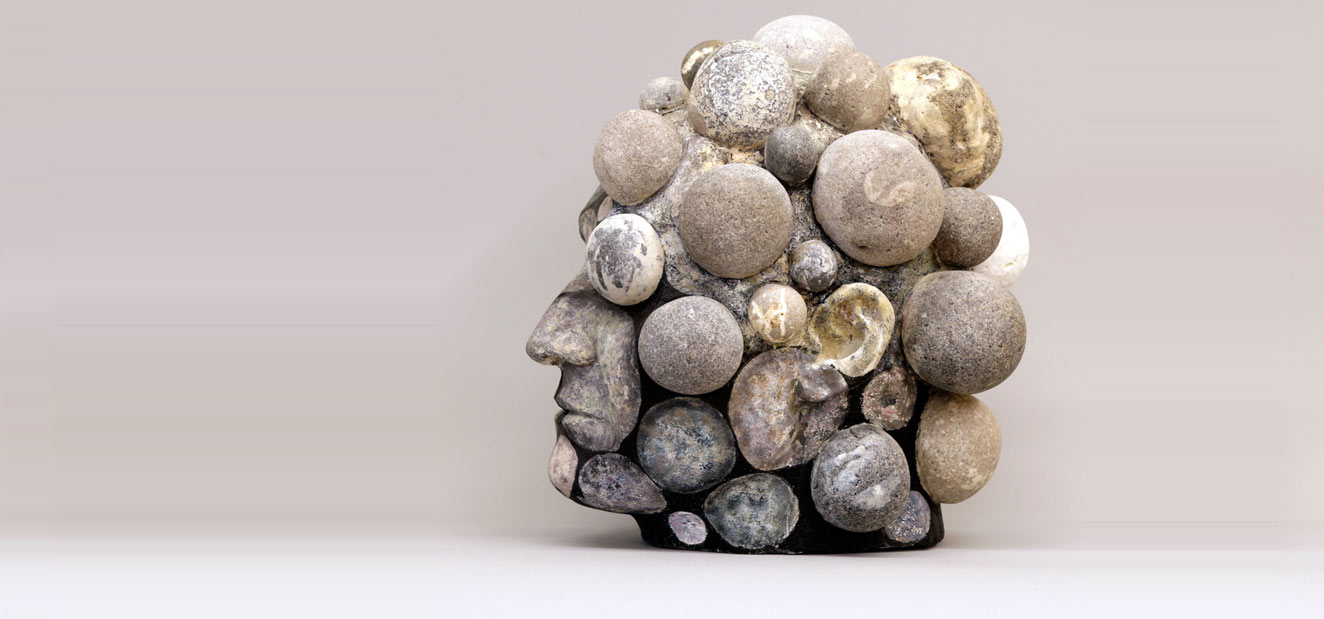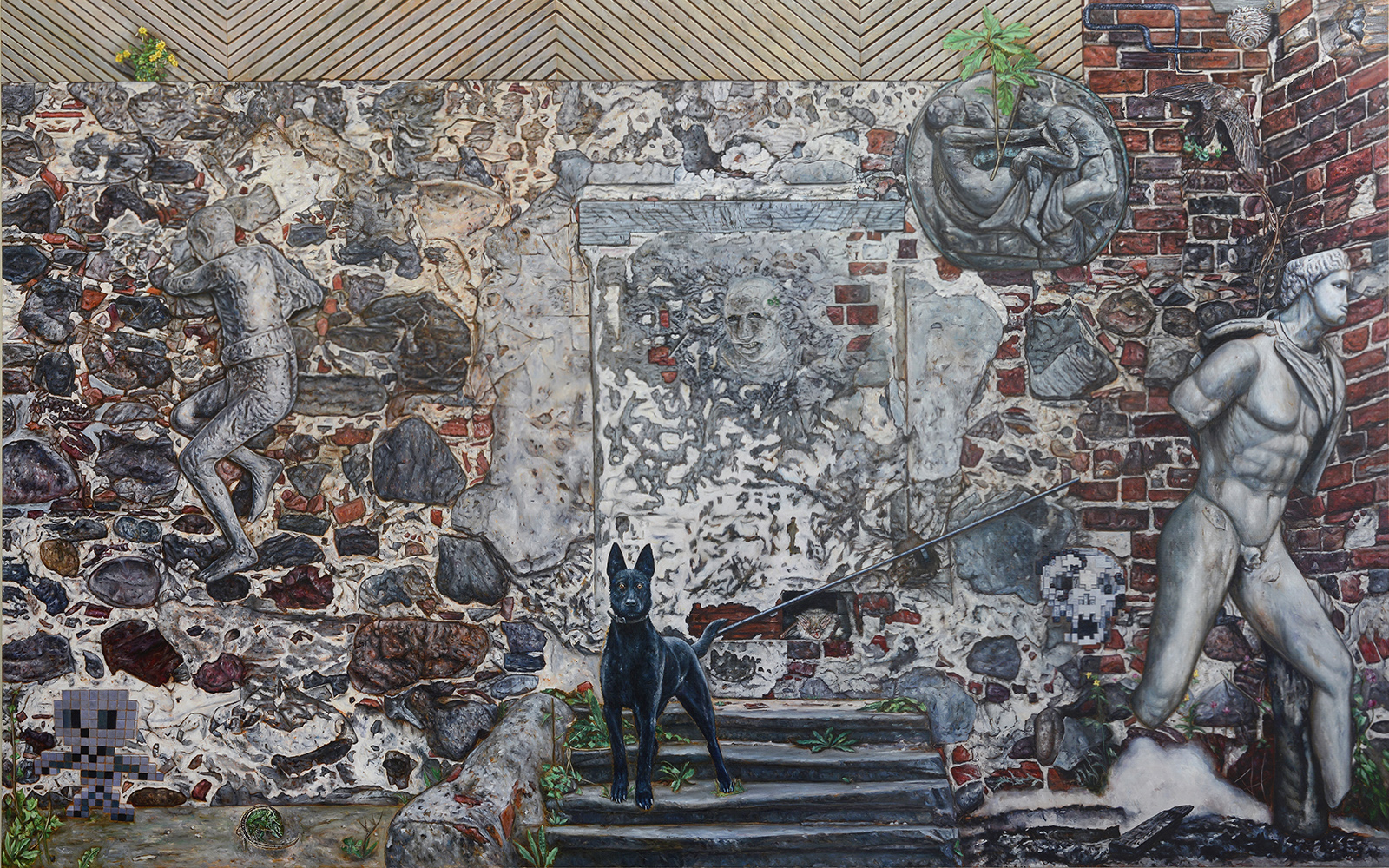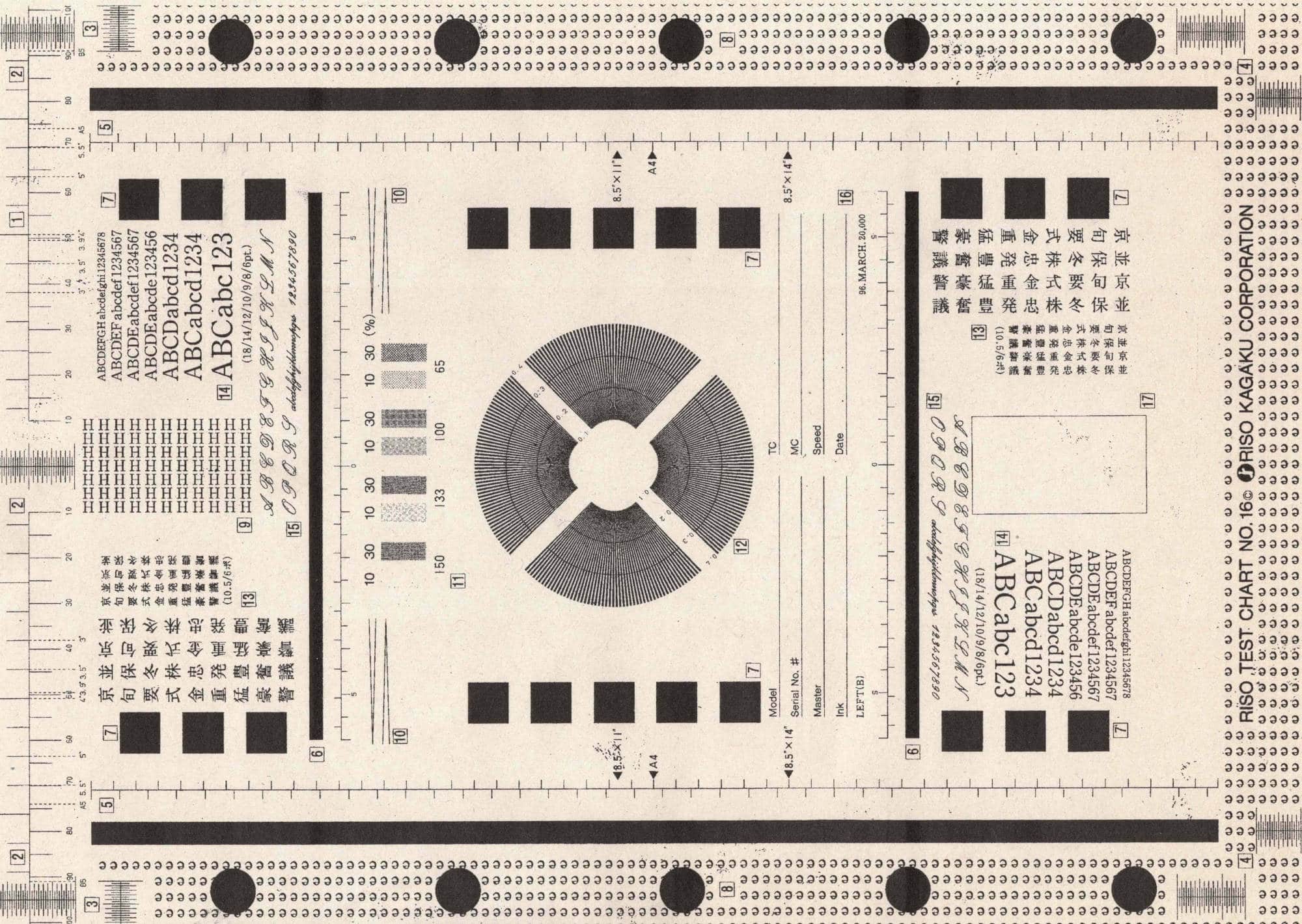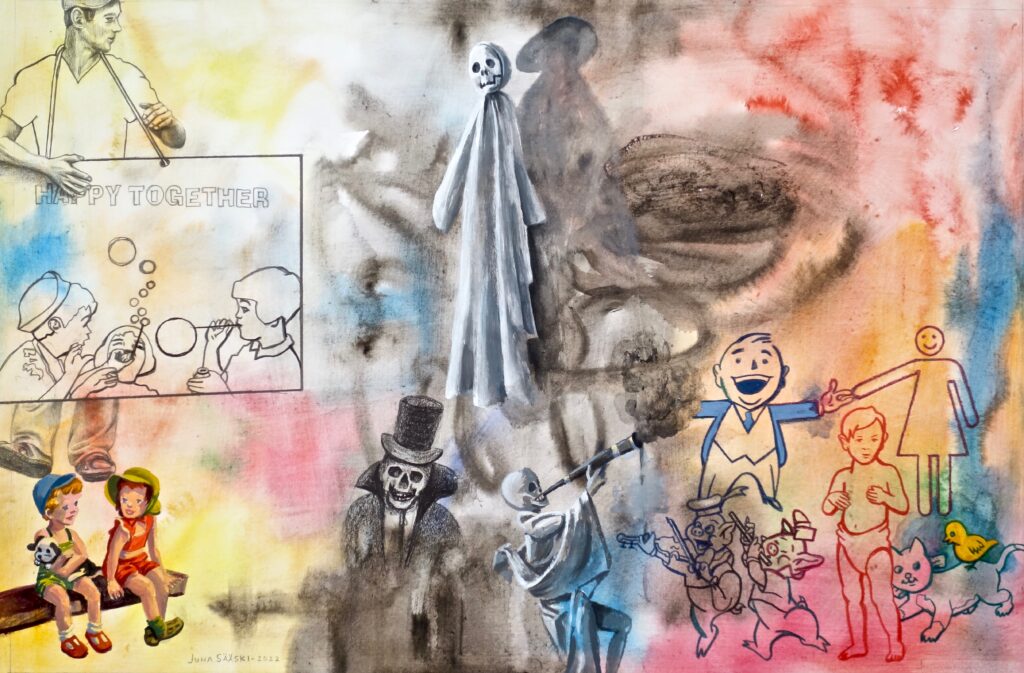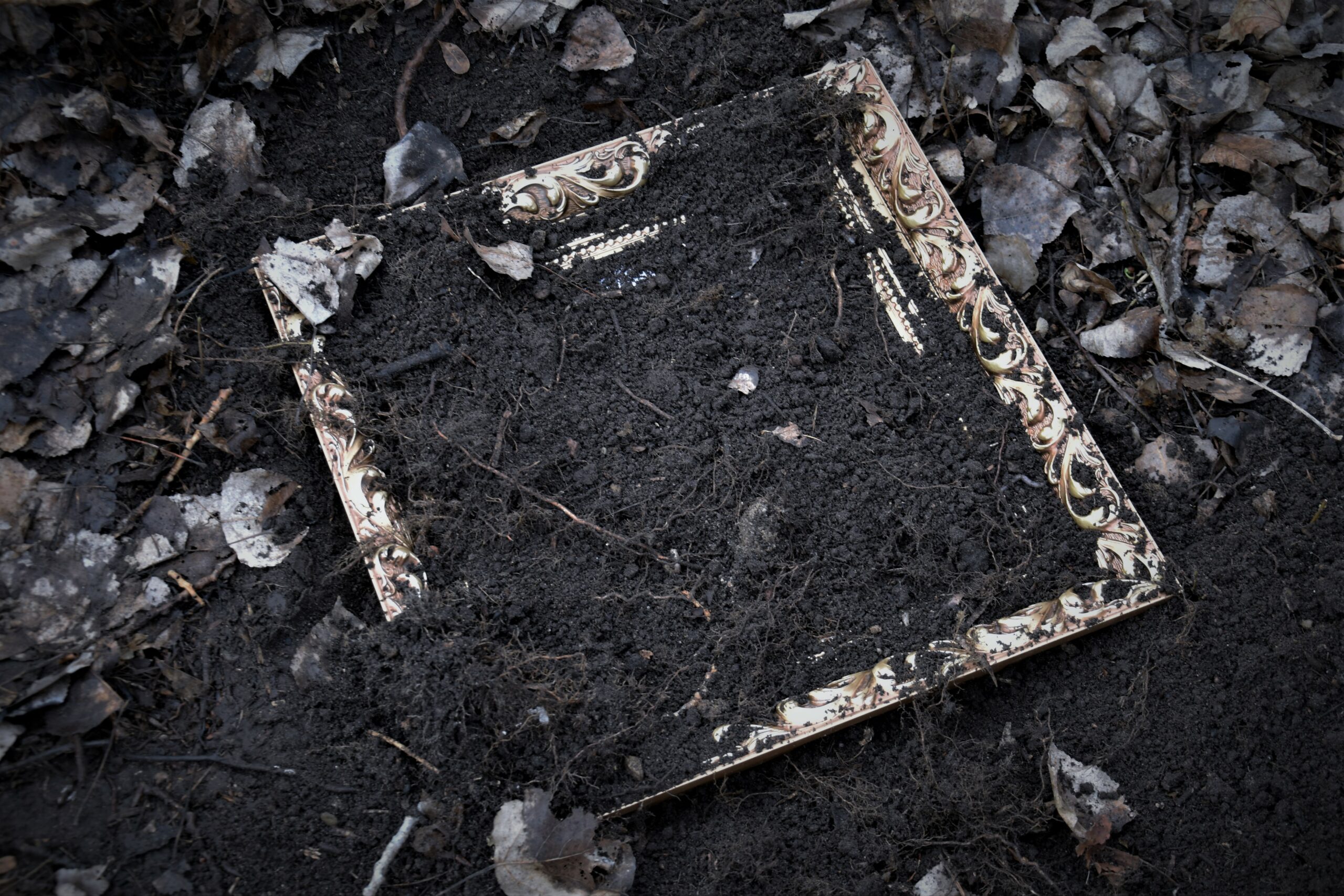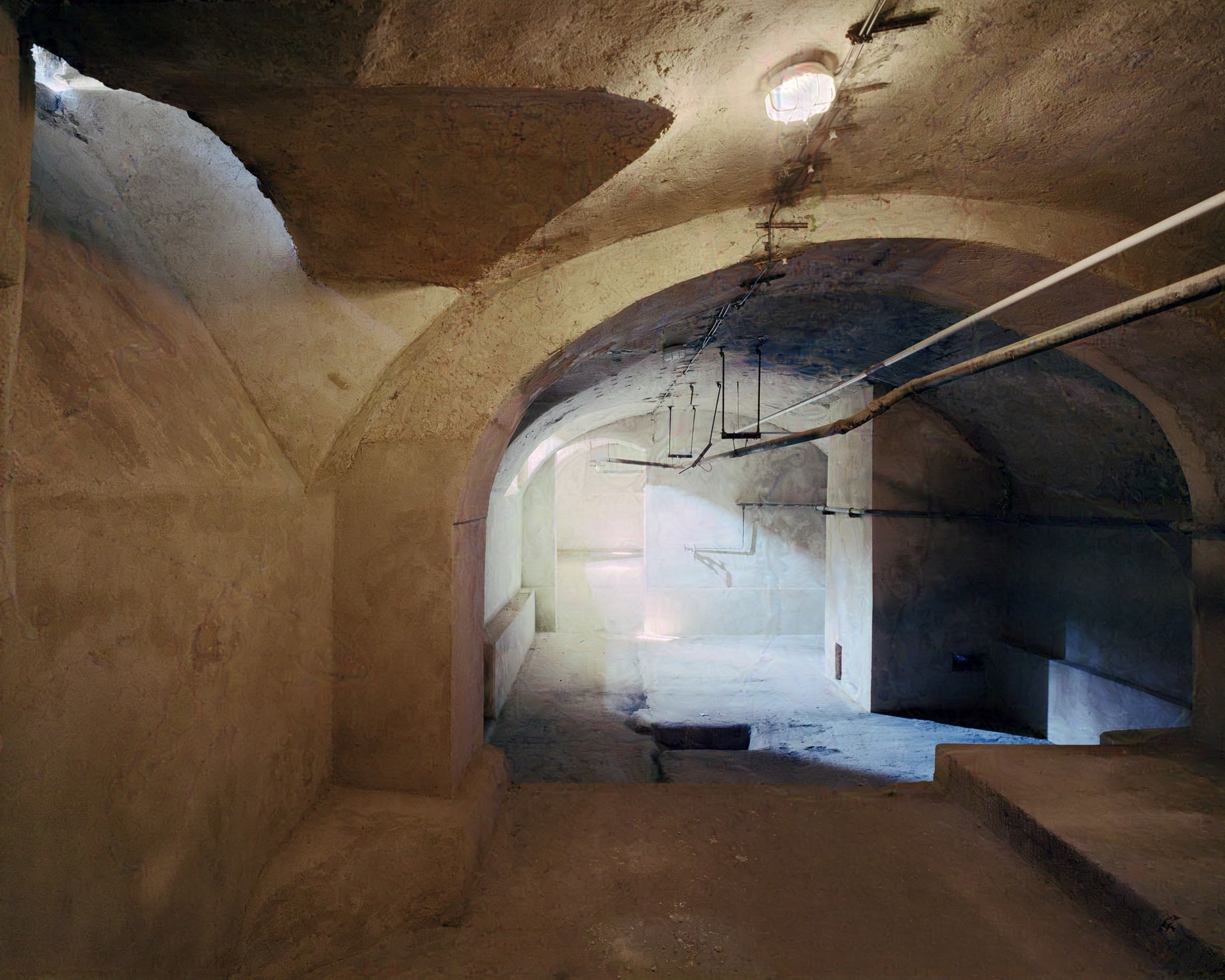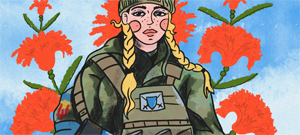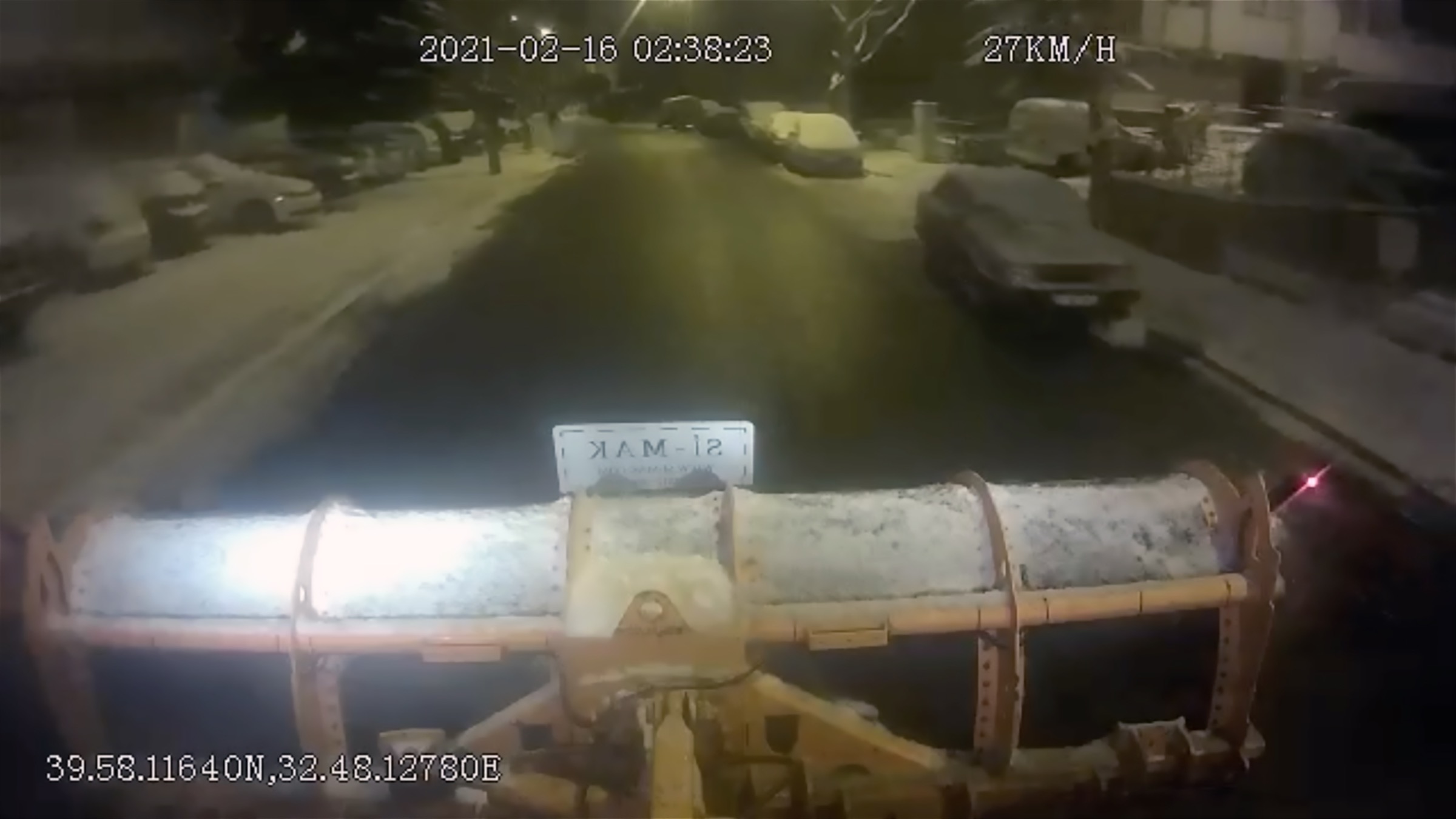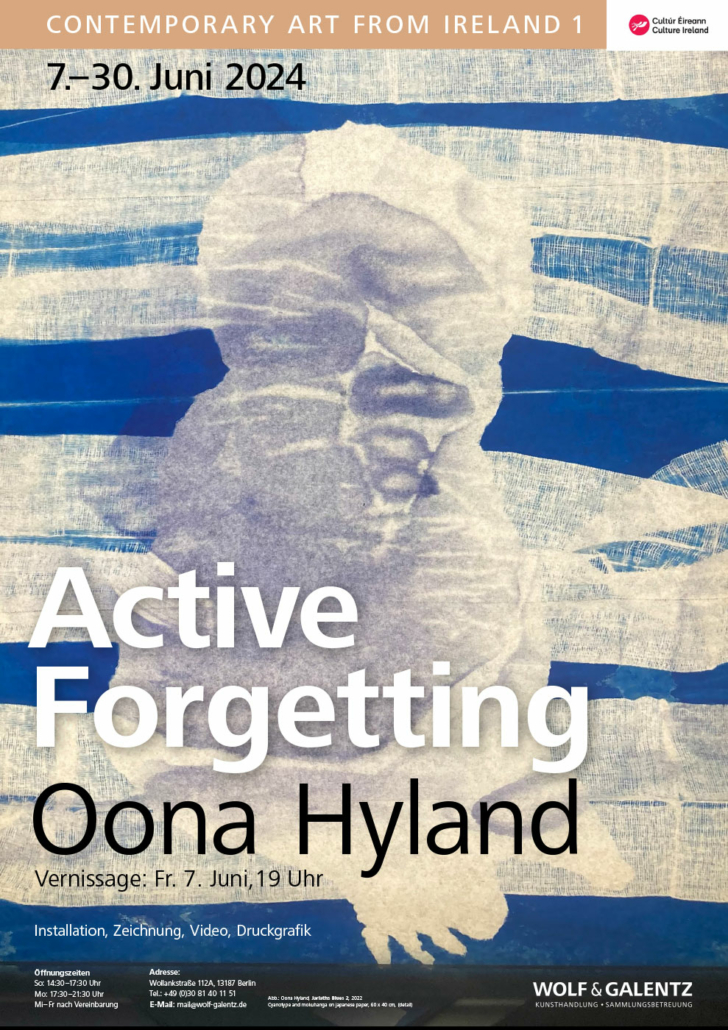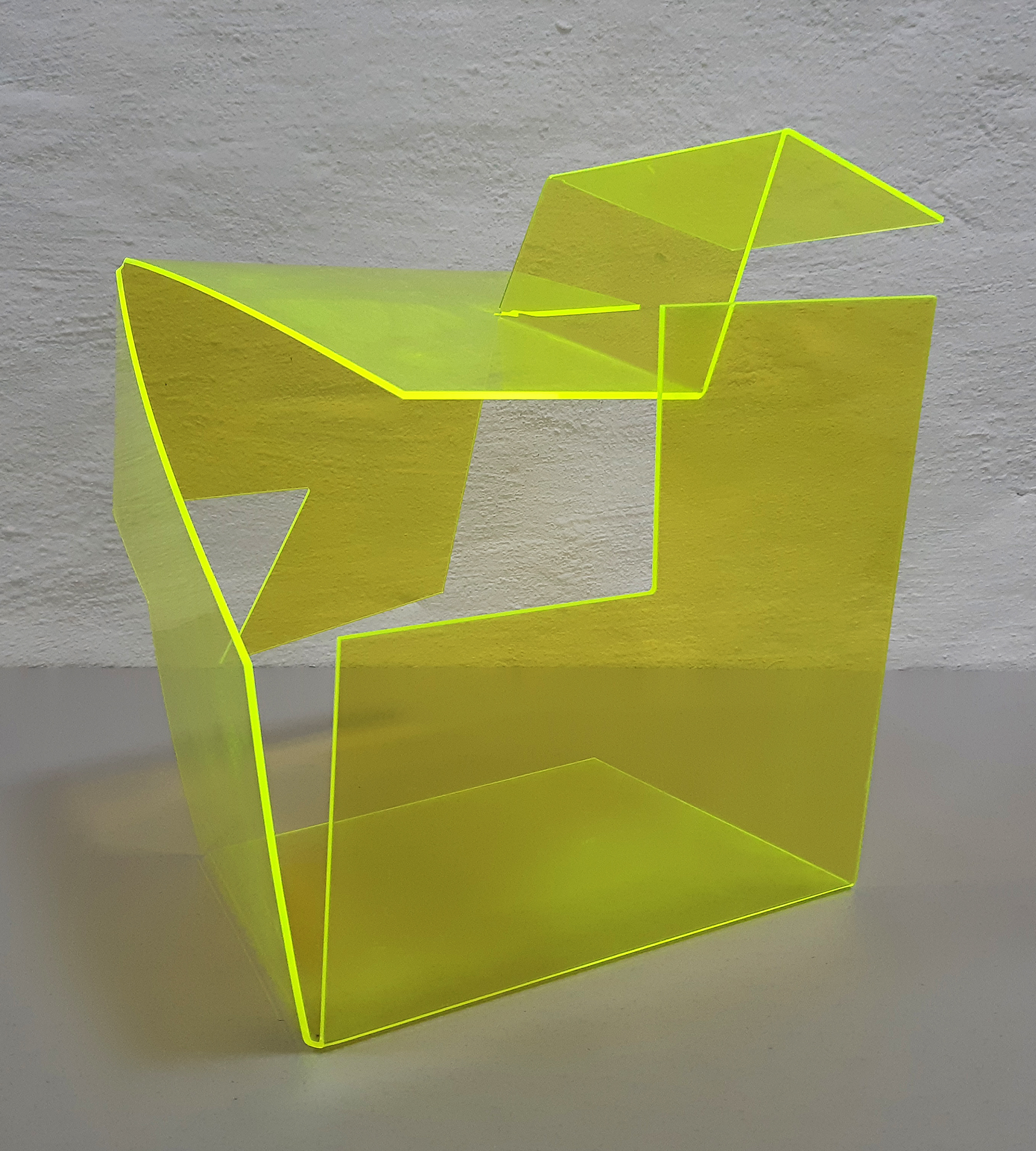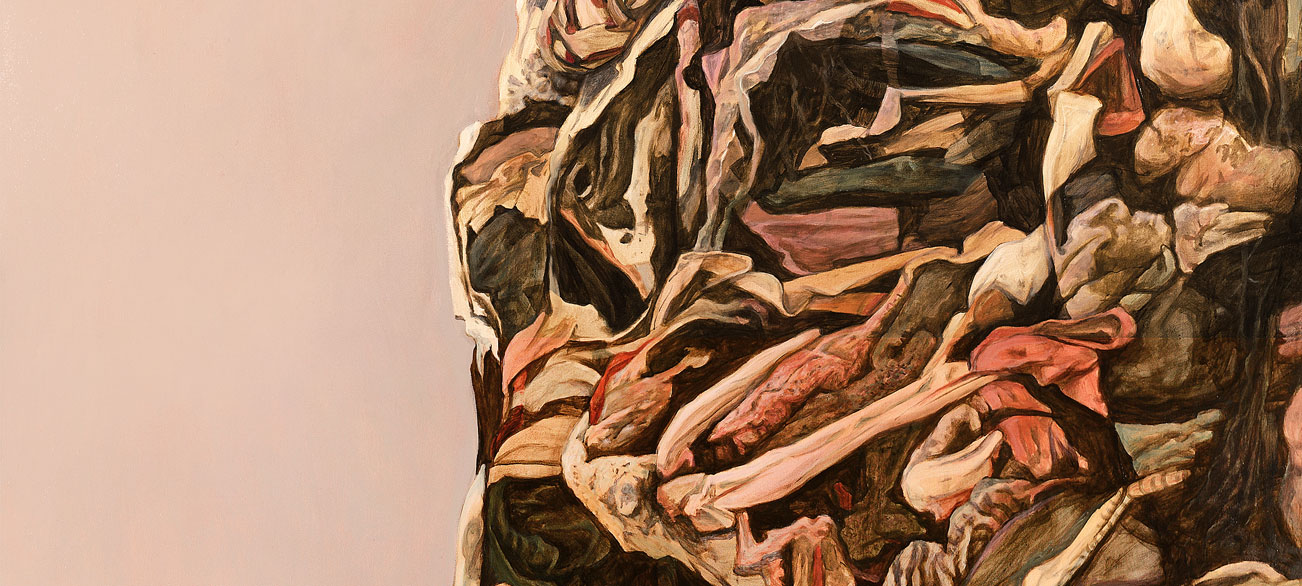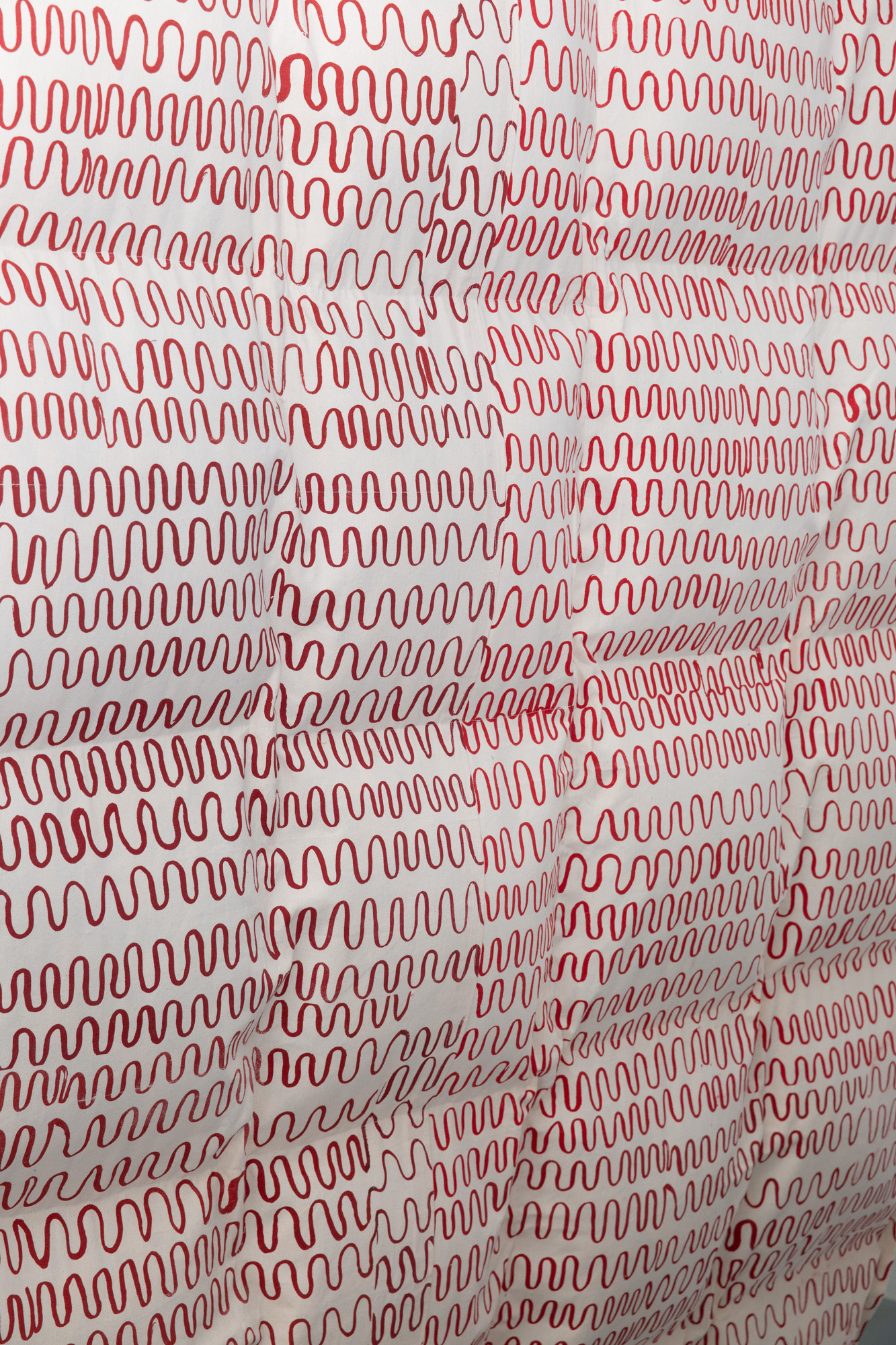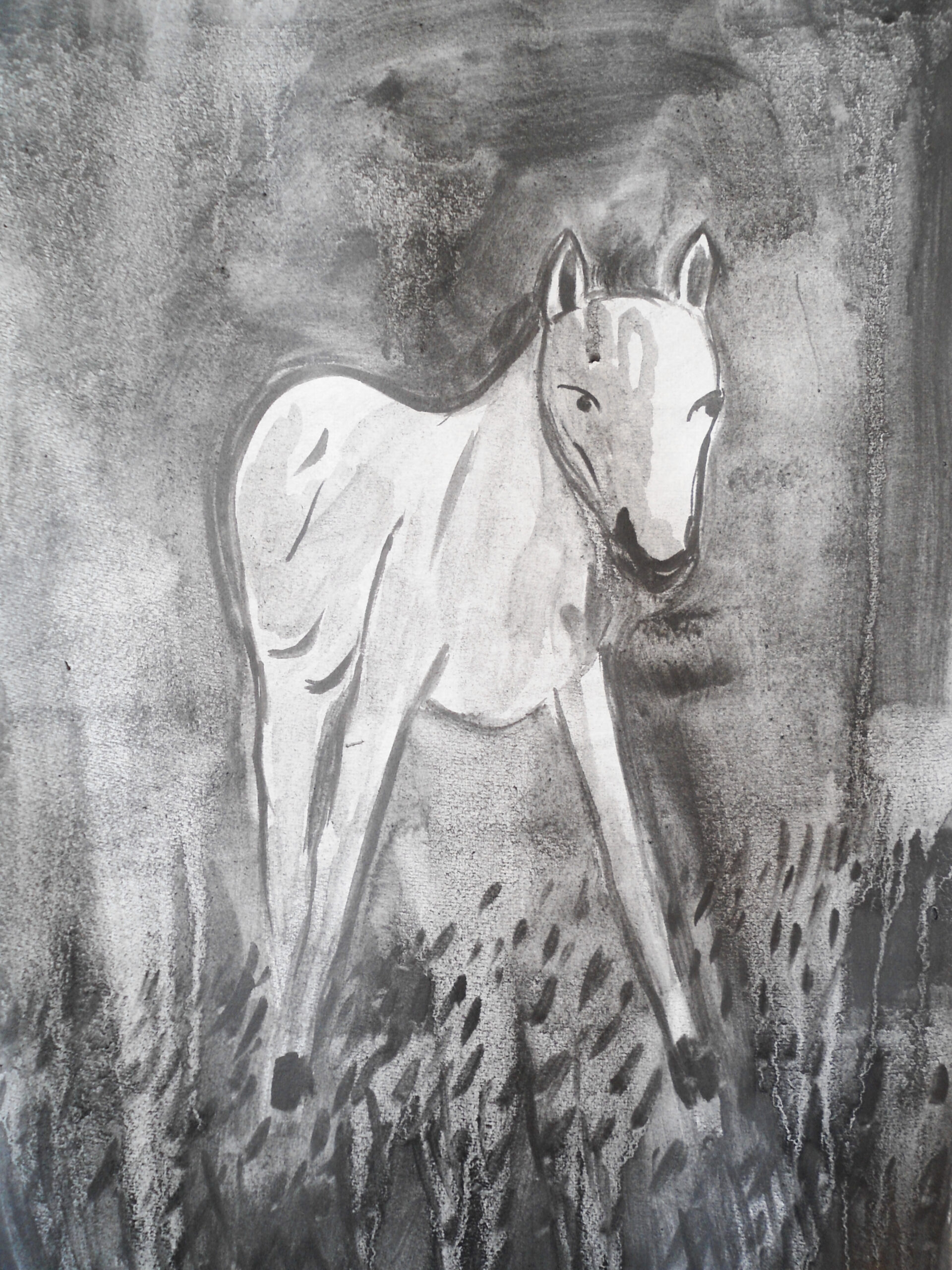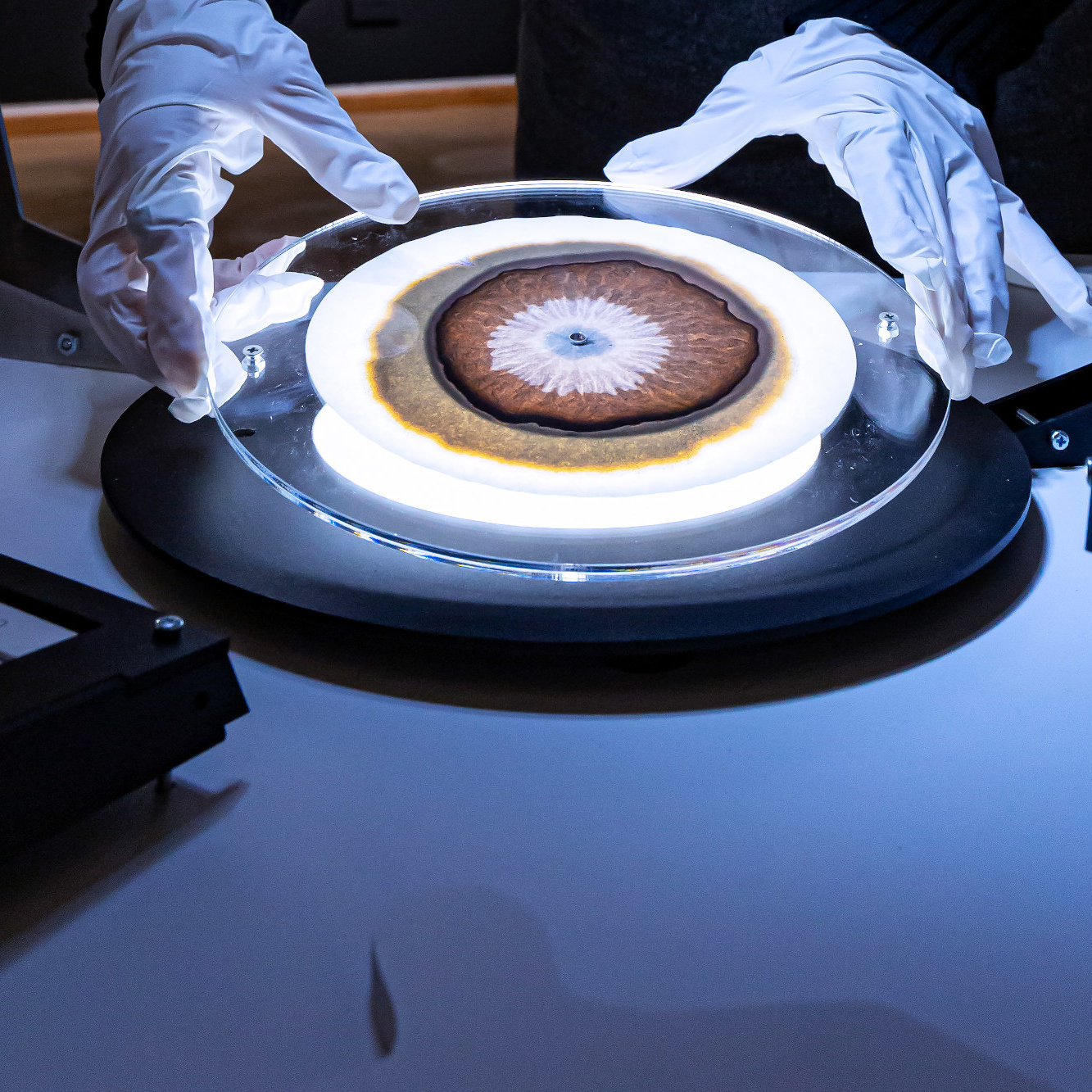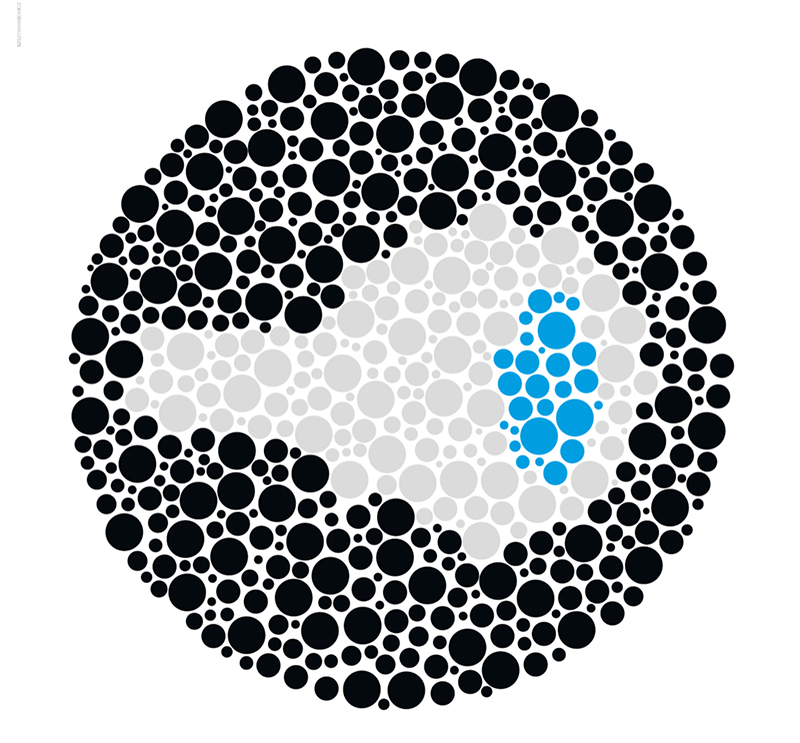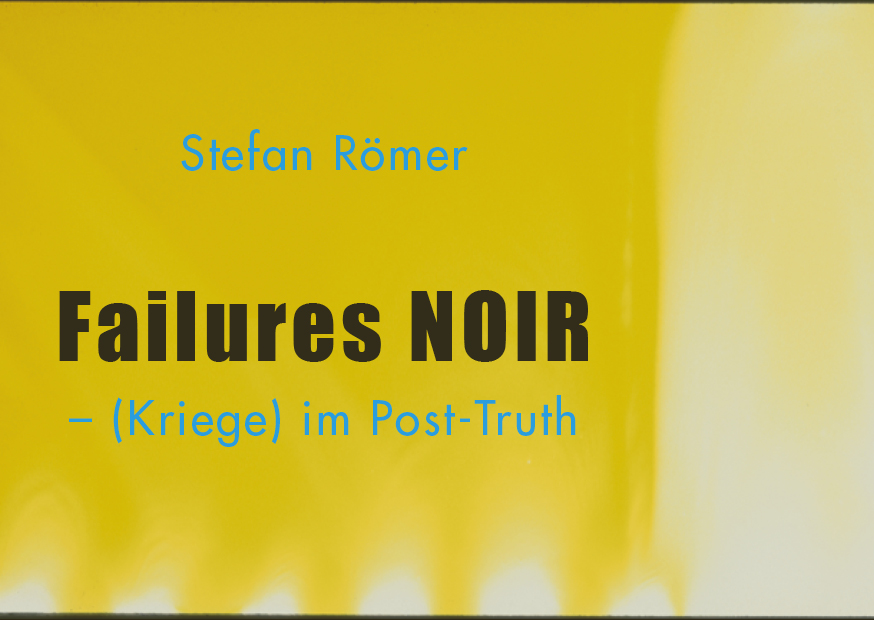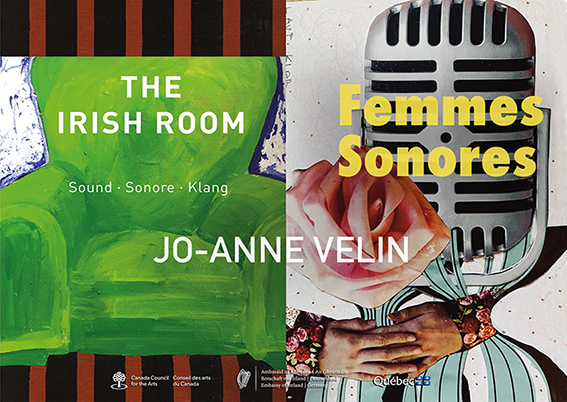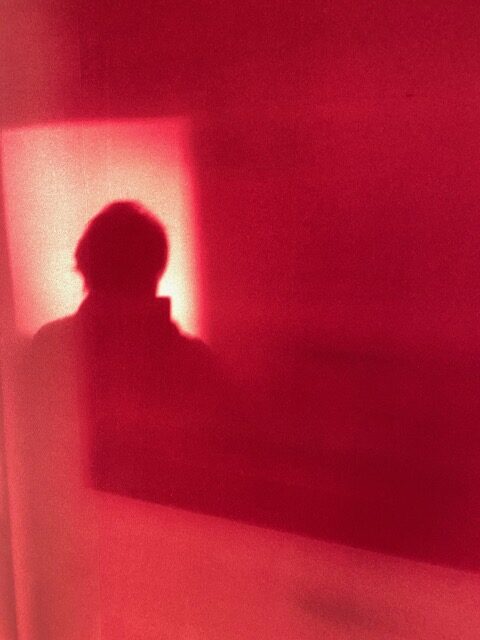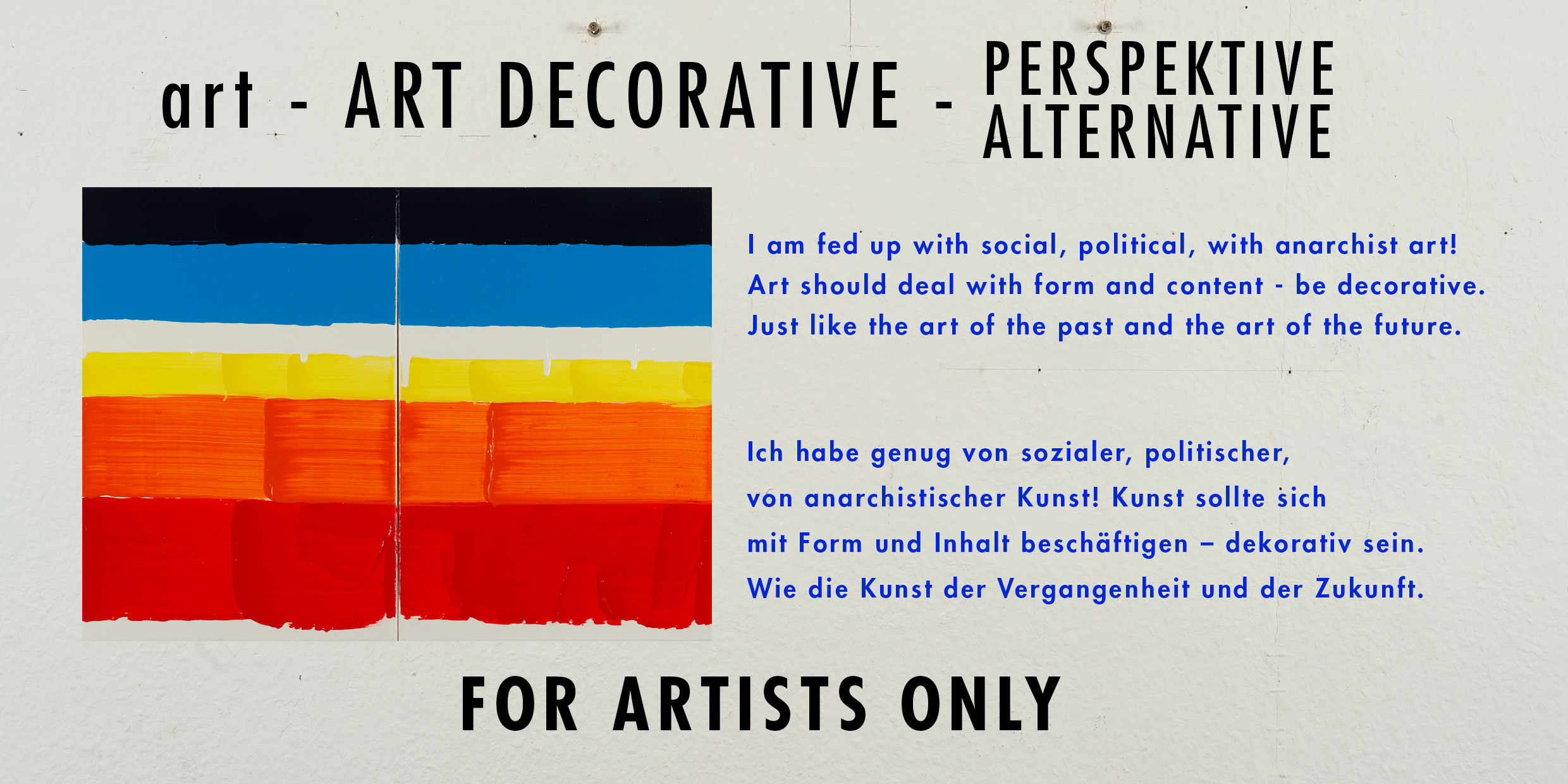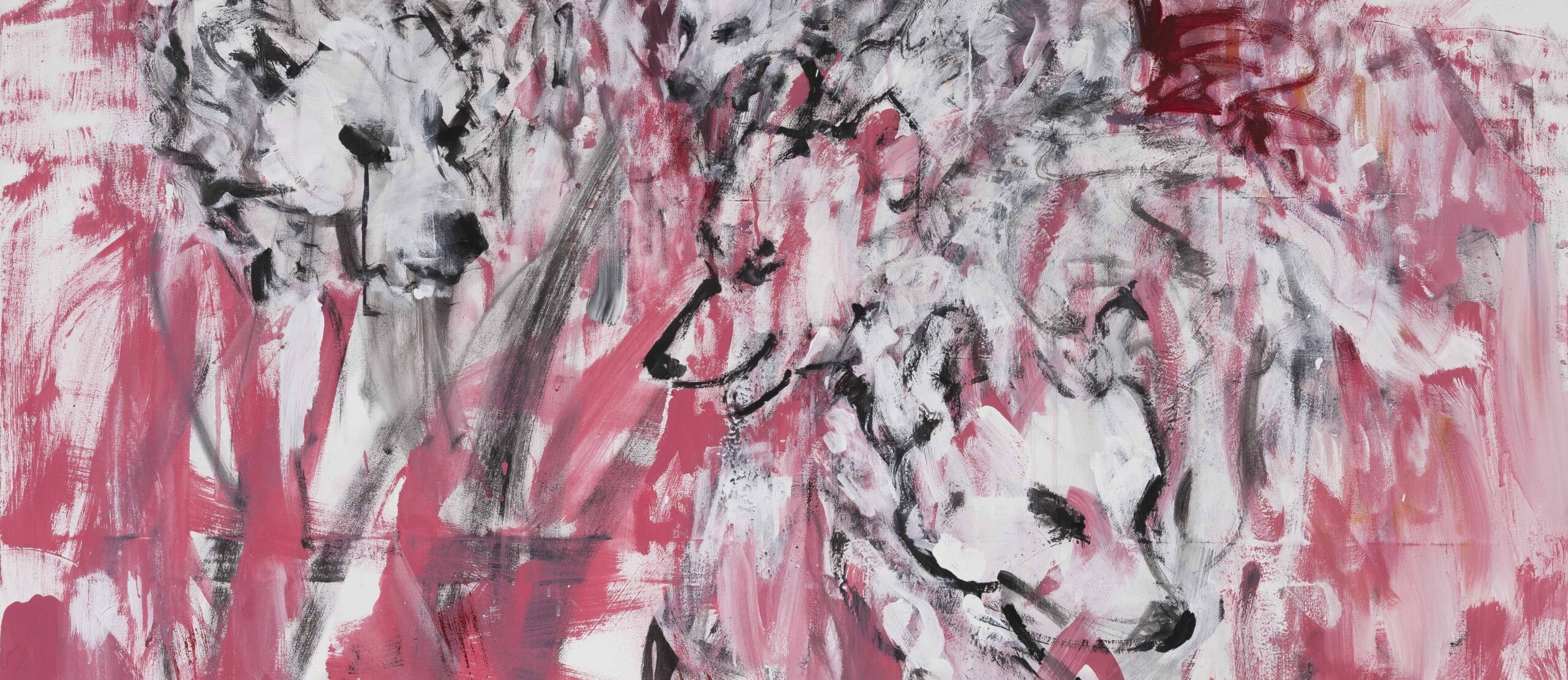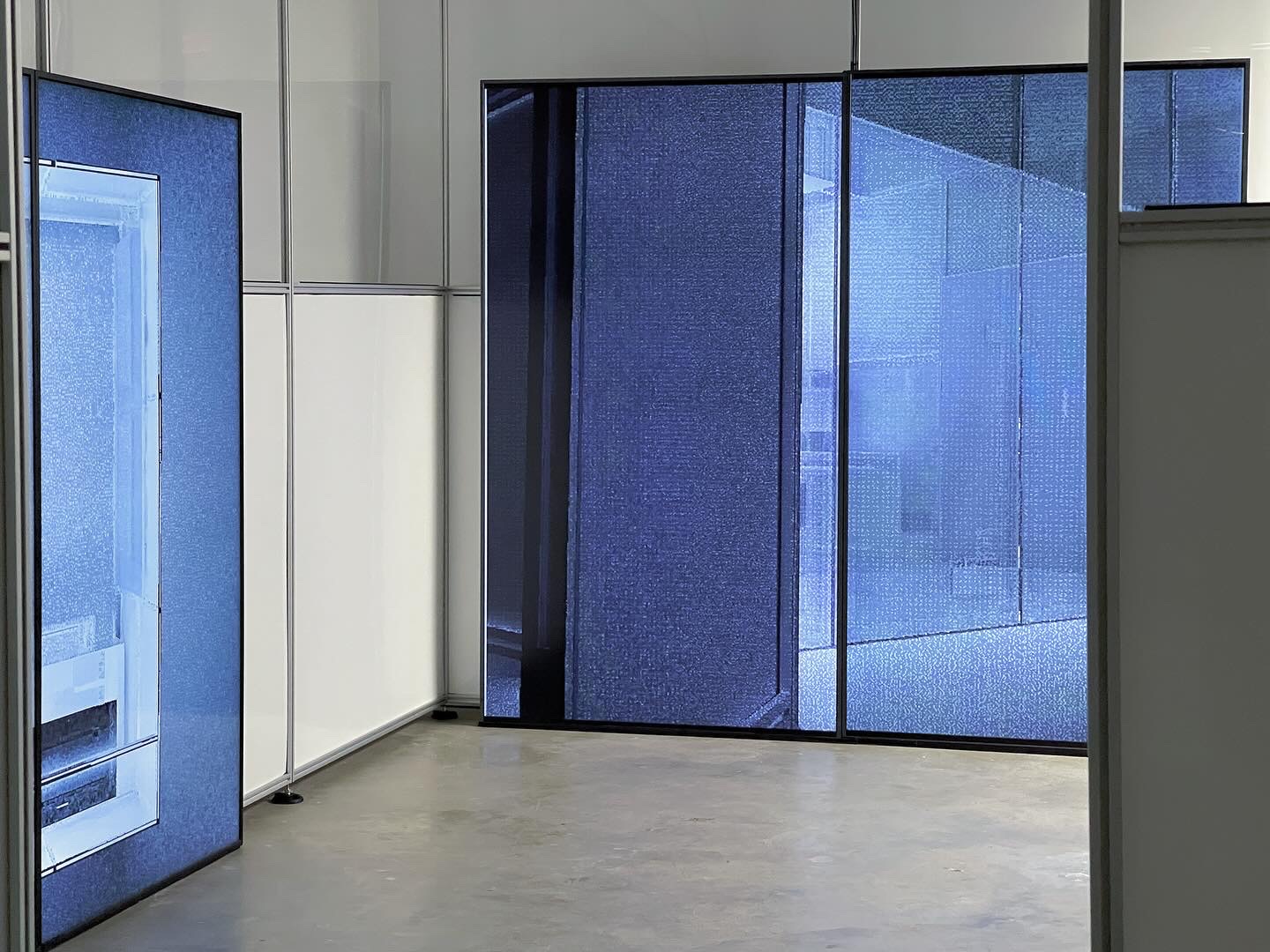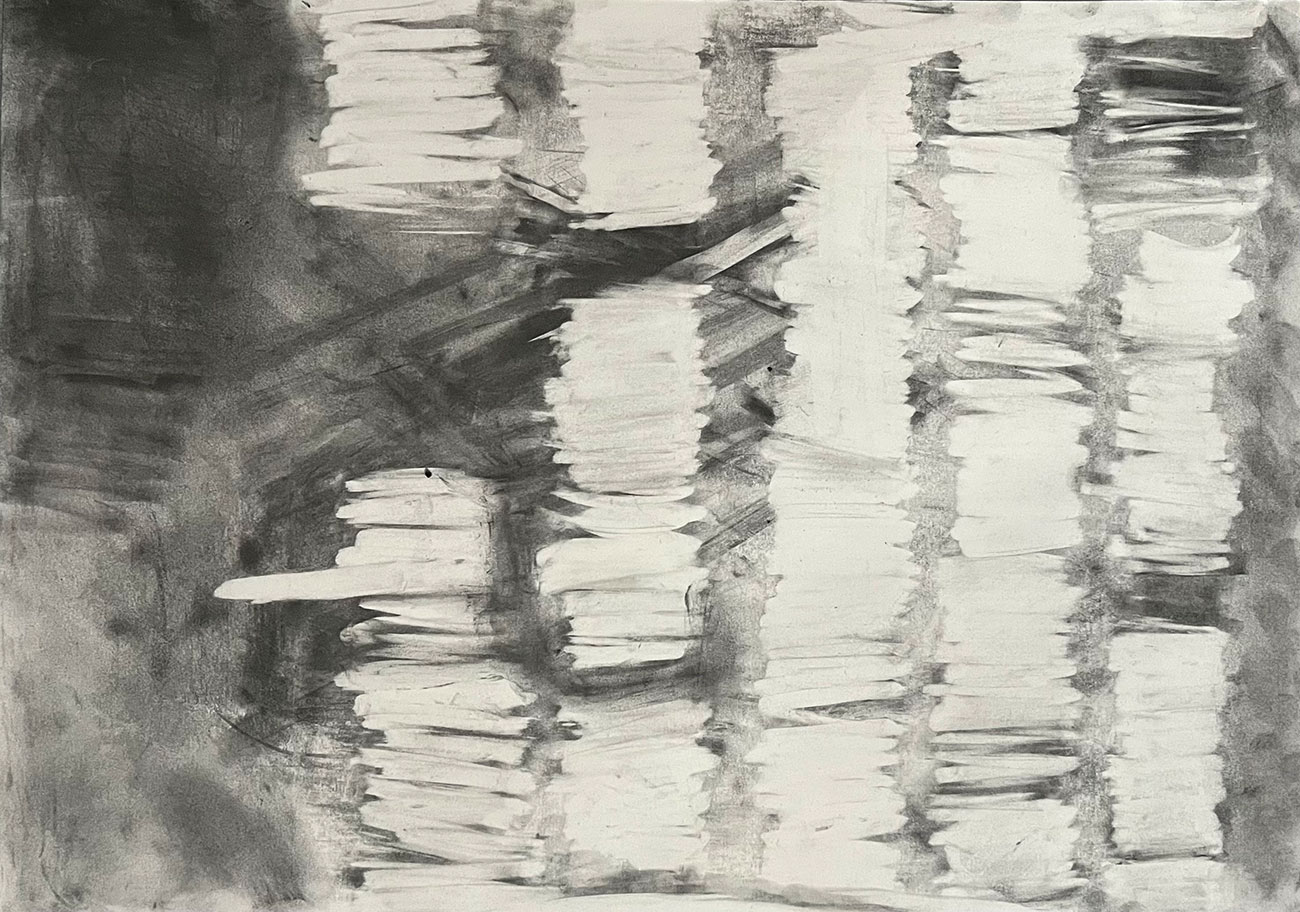Welcome to the opening at Toolbox Finnish-German Art space on Frday 27.6.2025 at 7 pm
Artists:
Teemu Saukkonen: Moments of Life
Ulrika Segerberg: Collapse – special guest: matka
Exhibition: 27.06.–19.07.2025
Closing event: 19.07.2025 at 4:30–6 pm
Opening hours: Wed–Sat: 3–7 pm
More about the artists:
https://www.ulrikasegerberg.net/
Temu Saukkonen
KURZÜBERBLICK ÜBER DIE LEITMOTIVE DER “Moments of Life ” AUSSTELLUNG
Der Inhalt der Gemälde steht in seiner tieferen Bedeutung auf Messers Schneide“, denn die von Menschen verarbeiteten Tiere stehen nicht nur für Leiden und das Ende des Lebens, sondern auch für ihre Bedeutung als Nahrungsmittel. Die Kreaturen in Saukkonens Werken symbolisieren Verlassenheit und Unschuld, aber auch menschliche Macht und Entfremdung von der Natur.
Der kompromisslose Realismus und die geraden Pinselstriche in den Gemälden vermitteln eine geheimnisvolle Bedrohung – aber auch Hoffnung. Durch die sensible Beherrschung der Farben werden die Tiere fast „lebendig“ dargestellt, und ihre proportional überdimensionale Größe wird als Anreiz genutzt, um Respekt vor jedem Lebewesen zu zeigen. Die (sur)rationale Tragödie, die dargestellt wird, ist Mitgefühl – in allen ausgestellten Kunstwerken mit schwarzem Humor gespickt.
Die Besucher:innen müssen jedoch selbst entscheiden, wie sie die Erzählungen der Gemälde in der Ausstellung „Momente des Lebens“ vervollständigen.
Artwork: Teemu Saukkonen Sucking Pig, 2025, oil and acrylic on canvas, 155 x 200 cm
Ulrika Segerberg
Collapse – special guest: matka



